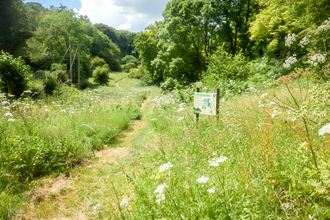You would be forgiven for thinking that glow-worms are worms and they glow most of the time. Both of these are false.
Glow-worms are in fact beetles and it is only the adult females that glow brightly. The peak time for finding glowing glow-worms is summer evenings in June and July. The adult females live for just two to three weeks. They’re wingless, and use their glow to attract the winged males.
The chalk grassland of nature reserves such as Grangelands and The Rifle Range on the Chilterns escarpment is a good place to start your search.
Look out for glow-worms as soon as it gets dark. Unlike fireflies which appear to twinkle as they turn their ‘glow’ on and off, glow-worms glow for a couple of hours at a time, turning off their glow after they’ve mated.





